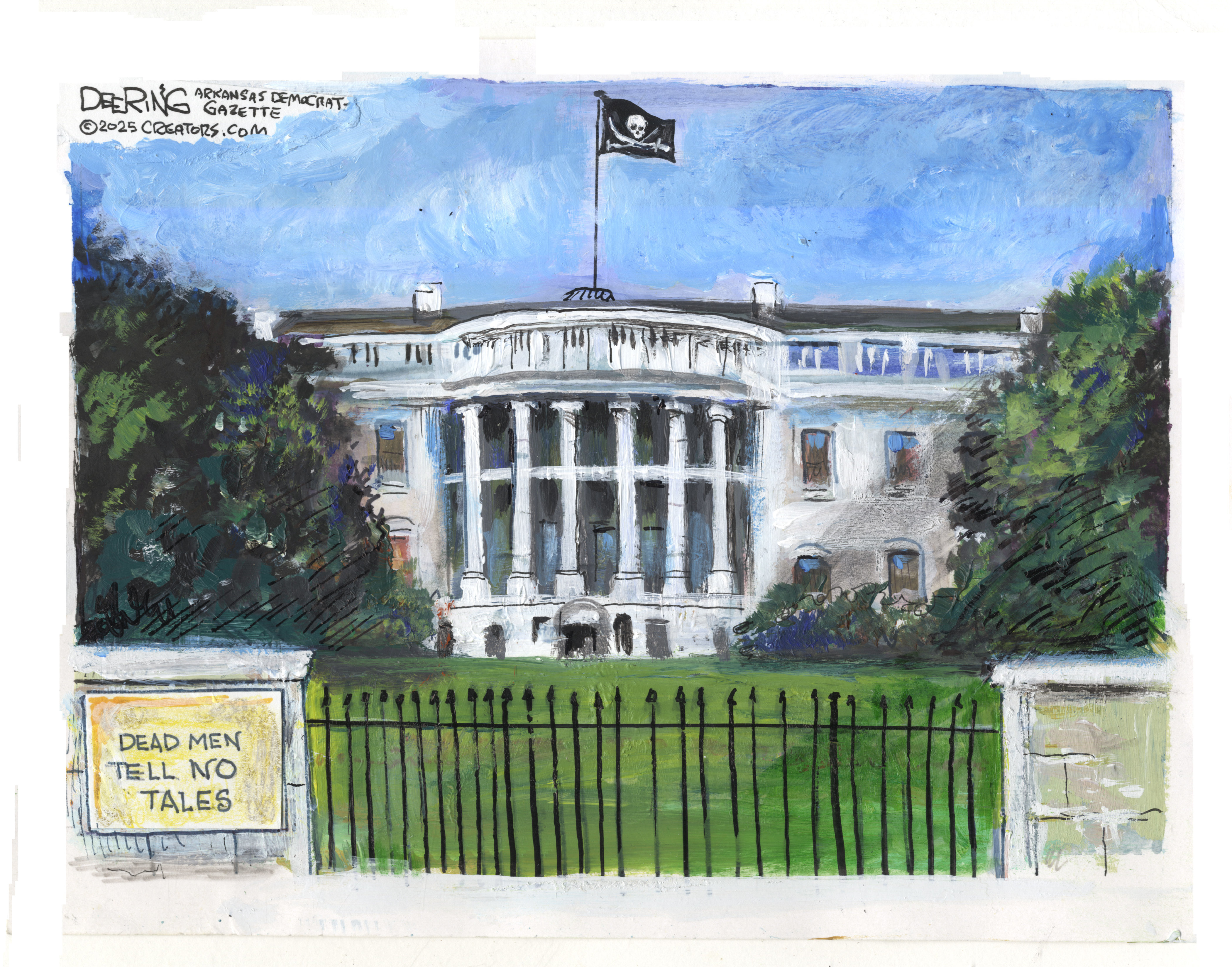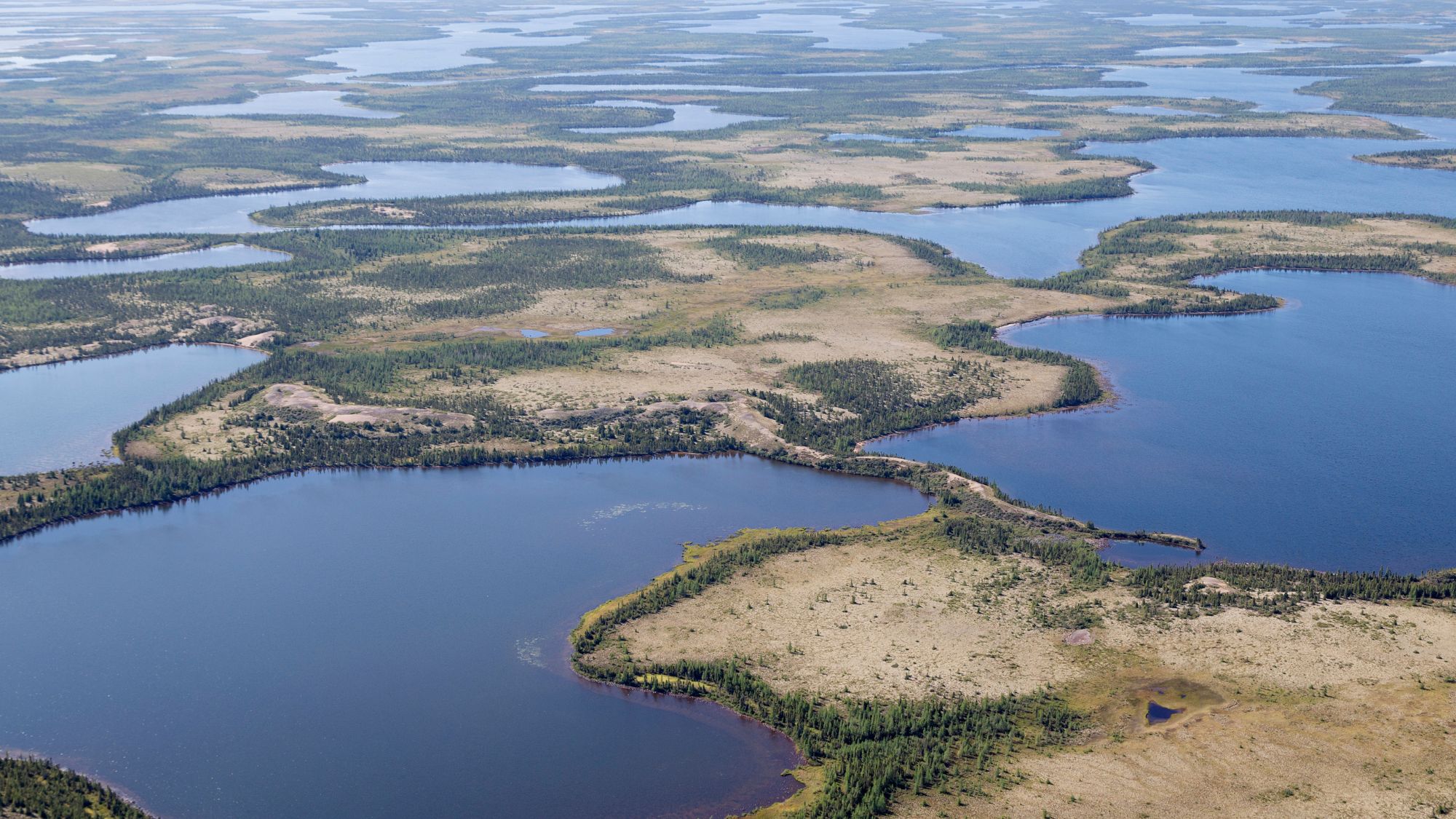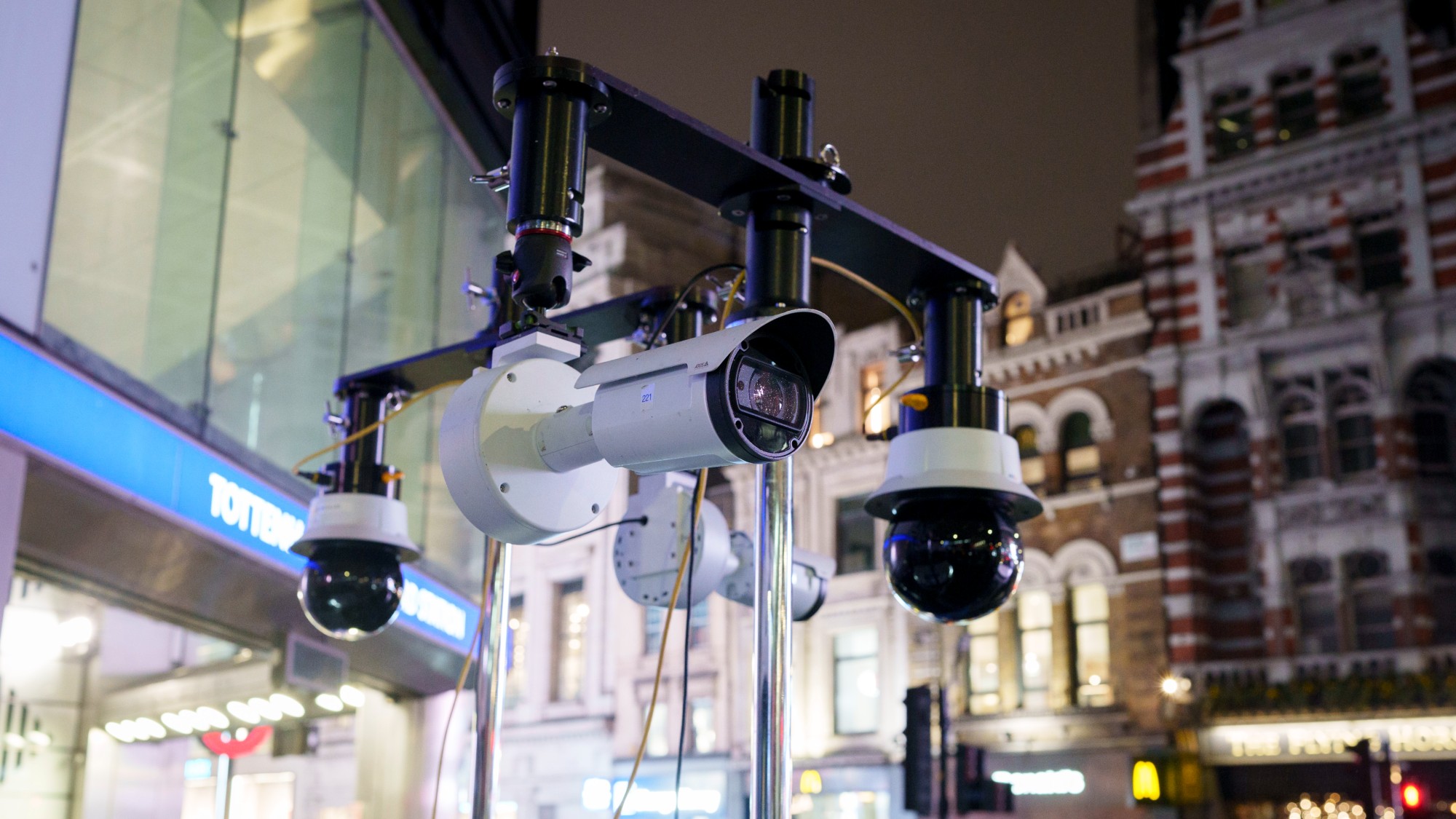This week’s dream: Mexico City’s many faces
Mexico City has a gritty reputation, but it is really a collection of neighborboods each within a few miles of the city's center.
Mexico City is a vibrant metropolis in the middle of a still-struggling country, said Carol Pucci in The Seattle Times. The economic, industrial, and cultural capital of Mexico has a gritty reputation, defined by crowds, pollution, and petty street crime. Recently, drug-related violence has threatened to spread in from the border areas. Yet Mexico City itself isn’t only safer than you’d think; it’s thriving. Visitors just have to know where to go. I ventured outside the heart of the city, where the images of smog and traffic “give way to walkable urban villages where the must-dos are finding the right taco, discovering a hidden museum, or wandering through a local market.”
Mexico City is a collection of neighborhoods, or colonias, as they’re called. Within a few miles of downtown, each offers visitors a different, more profound view of the metropolitan area. Colonia Condesa—“built in the 1920s and fashionable in the 1940s and 1950s as home to Mexican film stars”—recently has experienced a renaissance. Filled with art-deco houses and “tree-lined pedestrian paths,” the neighborhood has a bohemian feel reminiscent of “Greenwich Village in the 1960s.” Nearby Roma, meanwhile, seems “more urban, less gentrified.” It hosts an edgy art scene and tasty cantinas, including El Tizoncito, whose specialty is “tacos al pastor—tacos shepherd style, a Mexican take on the Middle Eastern gyro.” Thin slices of “spit-roasted chicken” are topped with onions, pineapple cilantro, and lime, and then folded into miniature corn tortillas.
Further south of downtown lie the colonias of Coyoacan and San Angel, which both have a rustic feel: cobbled streets, secret gardens, and Spanish haciendas. These “countryside villages” were once home to two of Mexico’s most renowned artists, Frida Kahlo and Diego Rivera. After stopping for “a thick brew of coffee and spiced chocolate” at Café El Jarocho, a “Coyoacan fixture,” head over to the “Blue House,” where Kahlo was born in 1907. Her wheelchair still sits upstairs in a bedroom, next to an unfinished portrait of Rivera. In neighboring San Angel, a rooftop bridge connects twin houses that originally were built for Kahlo and Rivera and now act as a museum.
The Week
Escape your echo chamber. Get the facts behind the news, plus analysis from multiple perspectives.

Sign up for The Week's Free Newsletters
From our morning news briefing to a weekly Good News Newsletter, get the best of The Week delivered directly to your inbox.
From our morning news briefing to a weekly Good News Newsletter, get the best of The Week delivered directly to your inbox.
Contact: Allaboutmexicocity.com
A free daily email with the biggest news stories of the day – and the best features from TheWeek.com
-
 Political cartoons for December 14
Political cartoons for December 14Cartoons Sunday's political cartoons include a new White House flag, Venezuela negotiations, and more
-
 Heavenly spectacle in the wilds of Canada
Heavenly spectacle in the wilds of CanadaThe Week Recommends ‘Mind-bending’ outpost for spotting animals – and the northern lights
-
 Facial recognition: a revolution in policing
Facial recognition: a revolution in policingTalking Point All 43 police forces in England and Wales are set to be granted access, with those against calling for increasing safeguards on the technology